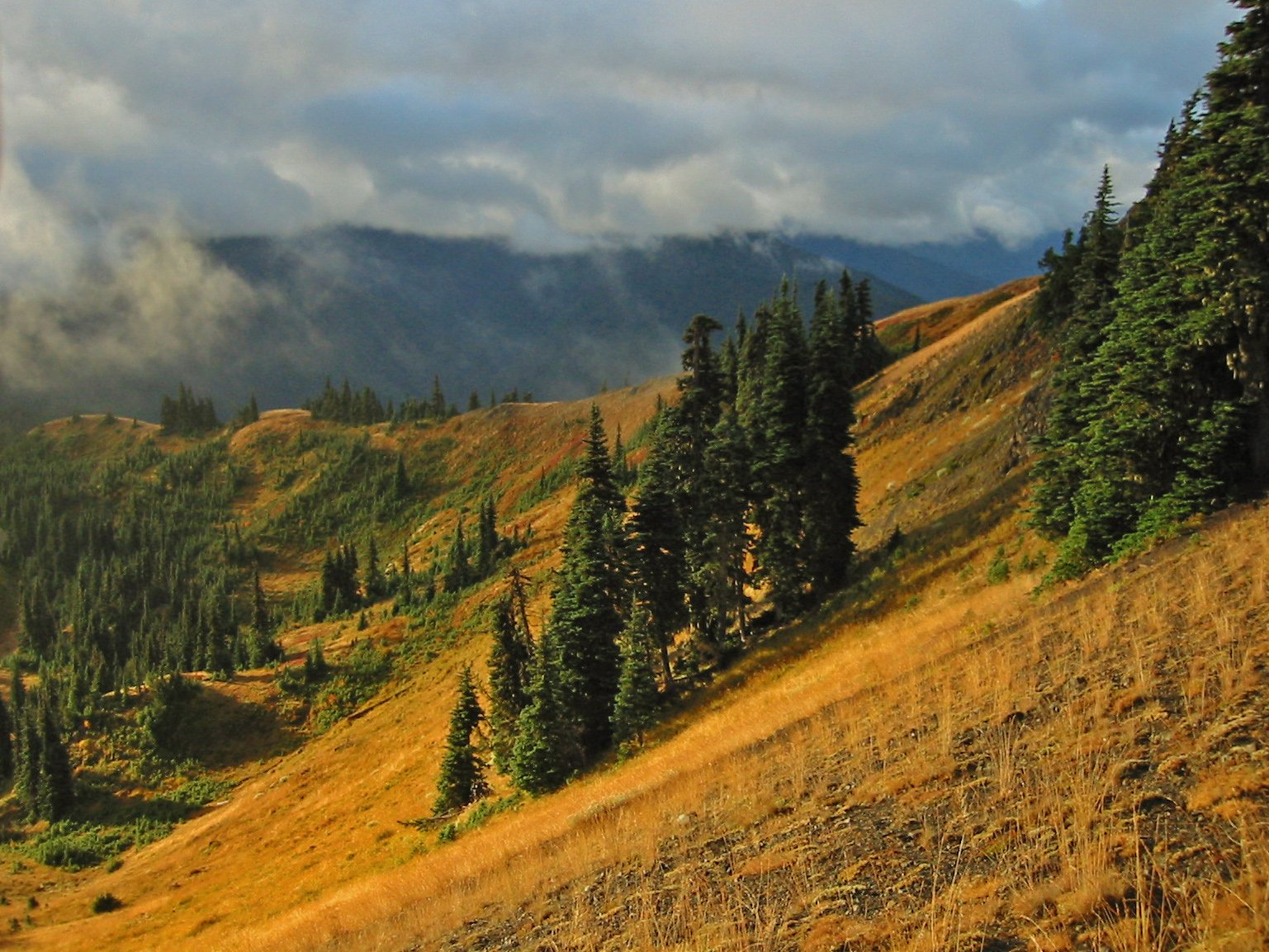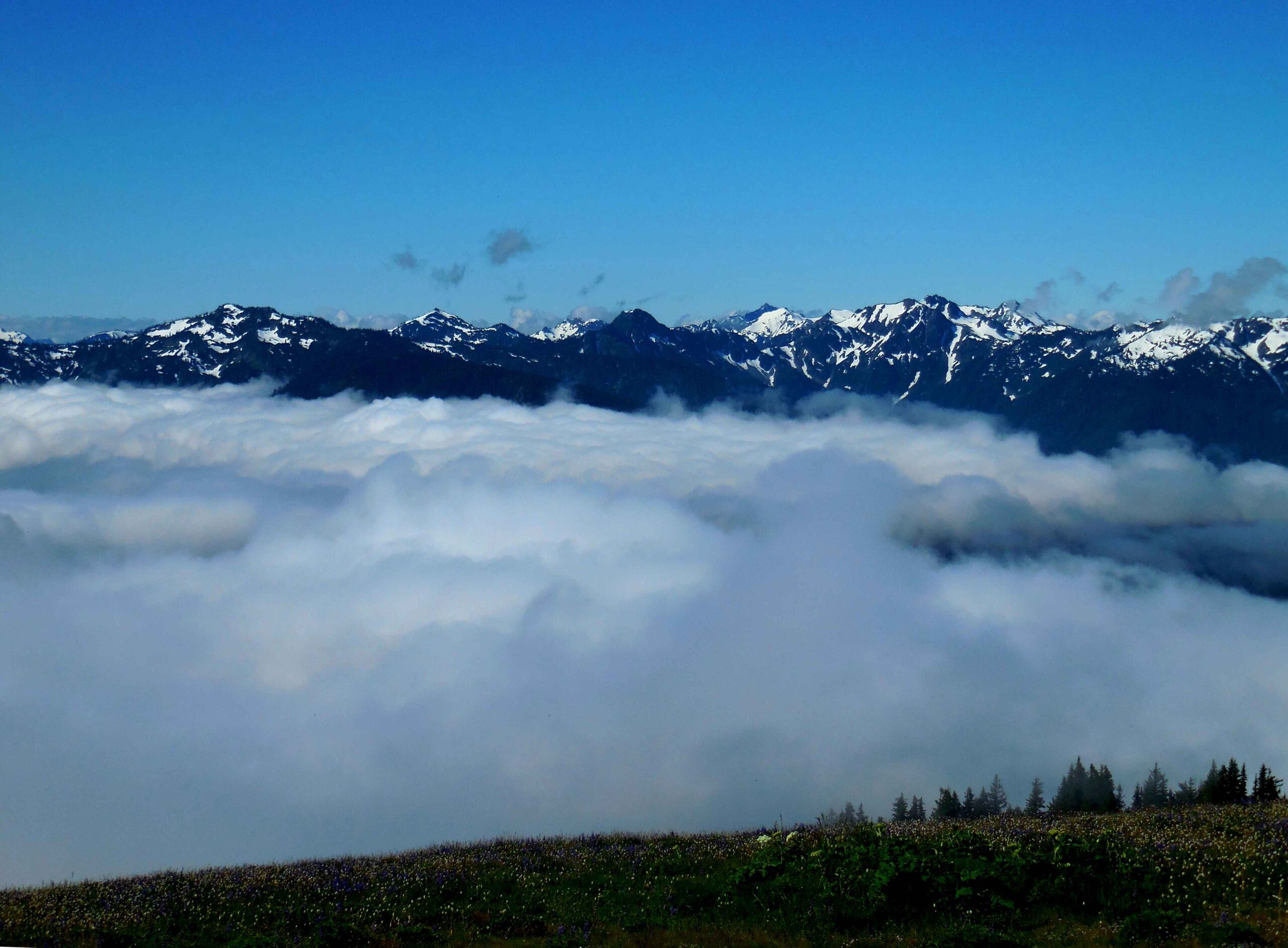Olympic National Park offers a diverse landscape for gravel riding enthusiasts, featuring scenic routes that wind through lush forests, along pristine rivers, and provide breathtaking views of mountains and coastlines. This guide explores the best gravel riding trails in Olympic National Park, providing essential information on routes, conditions, and tips for an unforgettable adventure on two wheels.
What Are the Top Gravel Bike Trails in Olympic National Park?

Olympic National Park boasts several exceptional gravel bike trails that cater to various skill levels and preferences. Here are some of the most notable routes:
- Dungeness Forks Loop
- Distance: 35 miles
- Elevation Gain: 3,200 feet
- Trail Type: Gravel/Pavement
-
Highlights: Beautiful climbs, rapid descents, scenic views of Dungeness river and valley
-
Sequim Gravel Loop
- Distance: 35 miles
- Elevation Gain: 1,140 feet
- Trail Type: Gravel
-
Highlights: Fun single track, Cassidy Creek powerline gravel
-
Cassidy Creek Gravel
- Distance: 35 miles
- Elevation Gain: 1,440 feet
- Trail Type: Gravel
-
Highlights: Similar to Sequim Gravel Loop, single track and powerline gravel
-
Olympic Adventure Route
- Distance: 66 miles (out and back)
- Elevation Gain: 7,900 feet
- Trail Type: Gravel/Singletrack
- Highlights: 99% unpaved, well-maintained flowy singletrack, views of Olympic Mountains and Strait of Juan de Fuca
How Can Riders Prepare for Gravel Riding in Olympic National Park?

Proper preparation is key to enjoying gravel riding in Olympic National Park. Consider the following tips:
- Gear Recommendations
- Wide-tire gravel bikes or hardtail mountain bikes
- Tubeless tires (38c+ recommended)
-
Garmin inReach or Spot tracker for emergencies
-
Hydration Strategies
- Carry sufficient water
-
Utilize streams for refills (with proper water treatment)
-
Wildlife Precautions
- Be aware of black bears, mountain goats, and elk
- Secure food and trash
- Make noise while riding to avoid surprising animals
What Are the Seasonal Considerations for Gravel Riding in Olympic National Park?
Understanding seasonal variations is crucial for planning your gravel riding adventure:
| Season | Conditions | Considerations |
|---|---|---|
| Summer | Dry, warm | Best for swimming, busier trails |
| Fall | Cool, variable | Beautiful foliage, less crowded |
| Winter | Wet, cold | Muddy trails, solitude, limited access |
| Spring | Wet, mild | Wildflowers, potential trail closures |
Where Can Riders Find the Most Scenic Views on Olympic National Park Gravel Trails?
Olympic National Park offers numerous scenic vistas along its gravel trails:
- Olympic Adventure Route
- Views of Olympic Mountains, Vancouver Island, and Strait of Juan de Fuca
-
Photo opportunities at Devil’s Punchbowl and Lake Crescent
-
Dungeness Forks Loop
- Scenic views of Dungeness river and valley
-
Photo-worthy climbs and descents
-
Sequim Gravel Loop and Cassidy Creek Gravel
- Panoramic vistas along the Olympic Discovery Trail
- Unique perspectives from powerline gravel sections
What Safety Precautions Should Gravel Riders Take in Olympic National Park?
Safety should be a top priority when gravel riding in Olympic National Park:
- Communication
- Carry a satellite communication device due to limited cell service
-
Inform someone of your route and expected return time
-
Navigation
- Download offline maps or carry physical maps
-
Use GPS devices for accurate route tracking
-
First Aid
- Carry a comprehensive first aid kit
-
Know basic wilderness first aid techniques
-
Weather Preparedness
- Check weather forecasts before departing
- Pack appropriate clothing for sudden weather changes
How Can Riders Minimize Their Environmental Impact While Gravel Riding in Olympic National Park?
Responsible riding is essential to preserve the natural beauty of Olympic National Park:
- Stay on Designated Trails
- Avoid creating new paths or shortcuts
-
Respect trail closures and seasonal restrictions
-
Leave No Trace
- Pack out all trash and leftover food
-
Use biodegradable soap for cleaning
-
Respect Wildlife
- Observe animals from a safe distance
-
Do not feed or approach wildlife
-
Campfire Regulations
- Use established fire rings when permitted
- Follow park regulations on fire bans
What Are the Best Accommodations for Multi-Day Gravel Riding Trips in Olympic National Park?
For extended gravel riding adventures, consider these accommodation options:
- Campgrounds
- Heart O’ the Hills Campground
- Fairholme Campground
-
Sol Duc Hot Springs Resort Campground
-
Backcountry Camping
- Obtain necessary permits
-
Follow Leave No Trace principles
-
Nearby Towns
- Port Angeles
- Sequim
- Forks
What Local Resources Are Available for Gravel Riders in Olympic National Park?
Take advantage of local resources to enhance your gravel riding experience:
- Bike Shops
- Sequim Bike Studio
-
Olympic Cycling
-
Visitor Centers
- Olympic National Park Visitor Center
-
Wilderness Information Center
-
Online Resources
- Olympic National Park official website
- Washington Trails Association
Gravel riding in Olympic National Park offers a unique blend of challenging terrain, breathtaking scenery, and diverse ecosystems. By following this guide and respecting the park’s natural environment, riders can experience an unforgettable adventure on two wheels. Remember to always ride responsibly, stay prepared, and enjoy the stunning beauty that Olympic National Park has to offer.
References:
1. PNW Routes – Sequim Bike Studio
2. How to Bike the Olympic Discovery Trail in Washington
3. The Olympic Adventure Route

